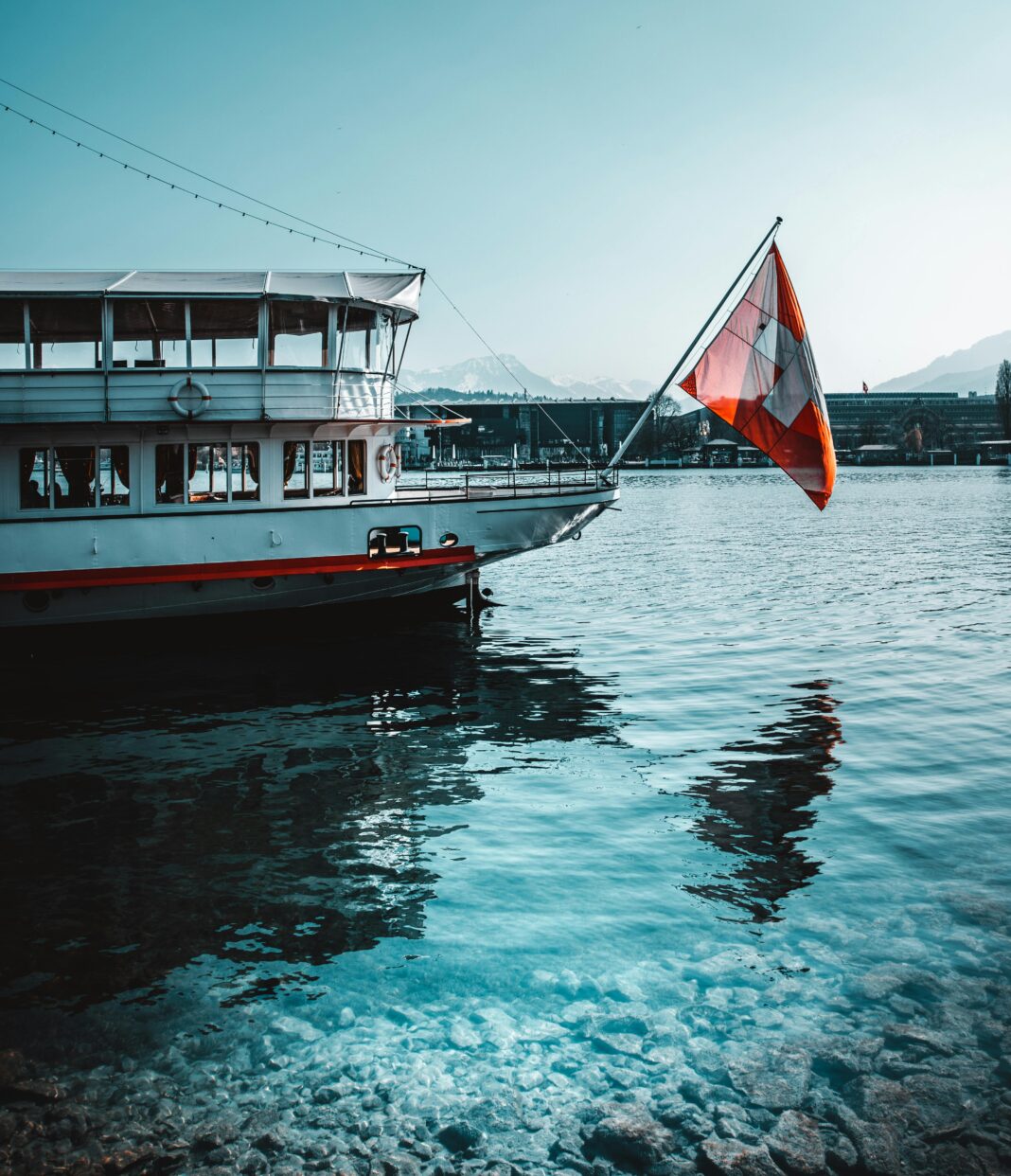Switzerland’s picturesque Alpine lakes are hiding a dangerous secret: thousands of tons of ammunition. For decades, the Swiss military has used them as convenient dumps to get rid of obsolete and surplus ammunition. And now the country faces the daunting task of safely disposing of them.
In an attempt to solve the problem, the Federal Ministry of Defense, Civil Protection and Sport has announced a competition offering a prize of 50,000 Swiss francs for useful ideas on how to do this. Those wishing to submit a possible solution have until February 2025, and the winners will be announced a few months later, in April.
Dangerous waters
Several Swiss lakes have been affected by the country’s long-standing practice of dumping ammunition in nature. Lake Lucerne is estimated to have around 3,300 tonnes of ammunition, while Neuchâtel is estimated to have around 4,500. Other affected bodies of water include Thun and Brienz.
The ammunition was dumped between 1918 and 1967 and consists of a variety of types, including problem ammunition, surplus stockpiles and even scrapped production lots. Some of it lies at depths of between 150 and 220 metres, while that in Lake Neuchâtel is 6 to 7 metres below the surface.
Challenges
The presence of these munitions poses significant risks. Although they are underwater, there is still a risk of explosion, as many of them were dumped with their explosives intact. There are also concerns about water and soil contamination from toxic substances, including TNT, that are washed into the environment.
The clean-up poses a number of challenges. Their poor visibility, magnetic properties, and varying sizes and weights have hampered the effort. The sediment covering them is also a concern; disturbing it could harm the delicate lake ecosystems by reducing the already low oxygen levels at these depths.
But why were they dumped so recklessly?
The practice of dumping munitions in lakes was once considered a safe disposal method. This belief persisted for decades, with geologists advising the military that such measures posed no significant risk. More recent reassessments, however, have revealed the potential dangers of this approach.
Switzerland’s strategy of armed neutrality, which includes maintaining a large militia, has contributed to the accumulation of surplus munitions. The country’s limited land area and dense population make it difficult to find suitable disposal sites, leading to the use of lakes as convenient dumping grounds.
Incidents
Although there have been no major incidents directly linked to munitions dumped in lakes, Switzerland has experienced others involving explosives. In 1947, a powerful explosion in an underground ammunition depot in the village of Mitolz killed nine people and destroyed the village.
The population was on the verge of a possible evacuation that could take decades to remove all remaining munitions.
This, together with the discovery of still unexploded weapons in retreating glaciers, has raised awareness of this type of risk, and it is this growing concern that has prompted the government to take action.
Time for innovation
The Swiss government recognises that previous assessments of remediation techniques have shown significant risks to aquatic ecosystems, which is why this competition aims to find new, innovative approaches that can safely remove munitions without causing damage.
While winning ideas may not be implemented immediately, they can serve as the basis for further research and development. Switzerland is also reaching out to countries such as the United Kingdom, Norway and Denmark, which have previous experience working with underwater munitions from World War II, for potential guidance and expertise.
Illuistrative Photo by Louis: https://www.pexels.com/photo/white-and-red-flag-on-boat-2068480/












